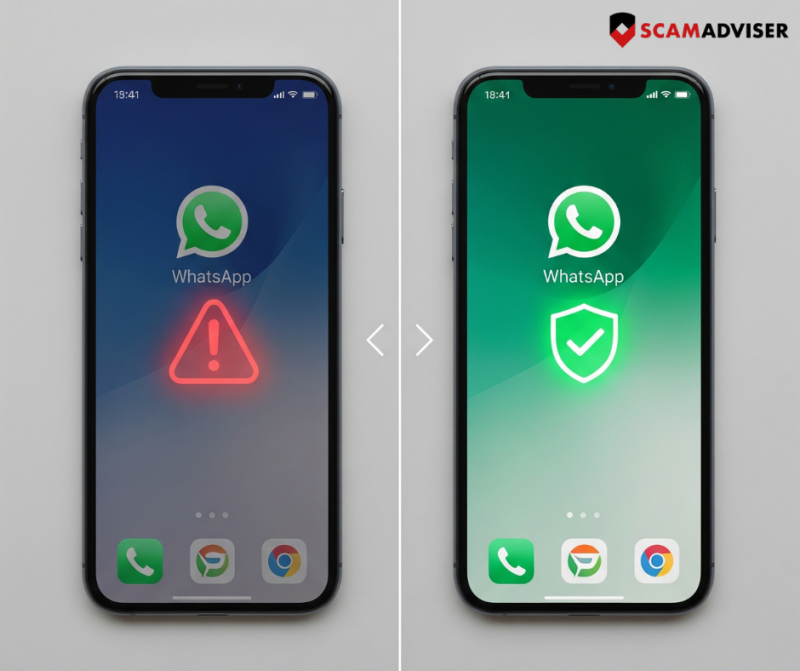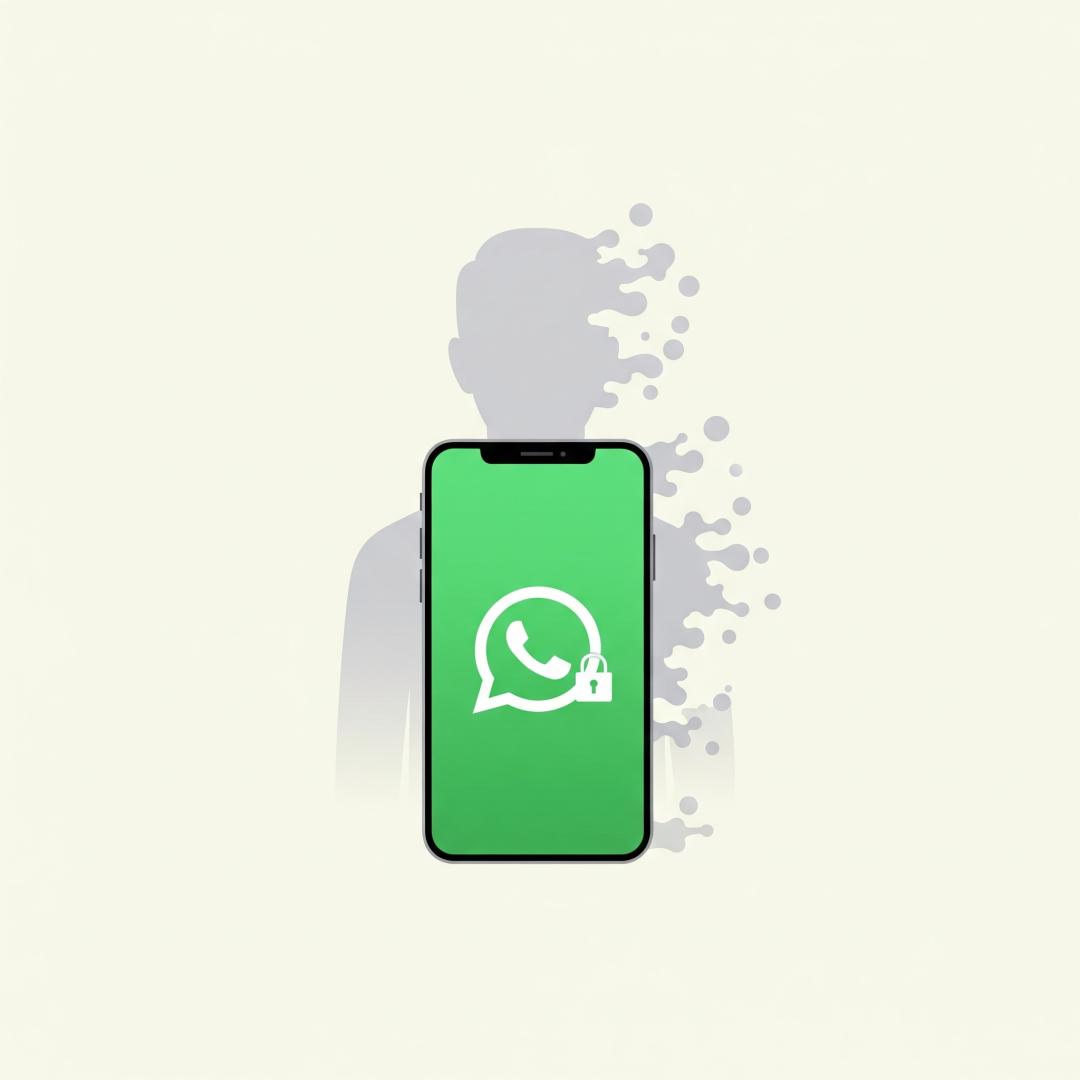
WhatsApp is more than just a messaging app. It's where we plan birthdays, share baby pictures, send urgent work updates, and drop in with "Did you land safely?" texts. So when someone hijacks your account, it can feel like losing your digital voice.
Unfortunately, stolen WhatsApp accounts are on the rise—and they’re not just being used by nosy exes. Even high-profile individuals aren’t safe. Just recently, Malaysia’s Home Minister reported that his WhatsApp account had been hacked. If it can happen to him, it can happen to anyone.
The good news? You can recover your WhatsApp account—and stop the hackers cold. Here’s how to tell if your account’s been compromised, how to get it back, and how to protect it going forward.
If something feels off, don’t ignore it. These warning signs could mean someone’s using your account without your knowledge:
If any of these sound familiar, your account might already be in the wrong hands.
The first three signs are particularly crucial because hackers often use compromised accounts to trick your contacts into elaborate scams, asking for money or personal information.
Cybercriminals typically employ two main methods to hijack your WhatsApp account:
If you’re still logged in:
If you’re logged out:
If you had Two-Step Verification enabled, you’ll be asked to enter your PIN.
After verifying, WhatsApp may offer to restore your messages from a backup (Google Drive, iCloud, or local storage). Go ahead and accept.
Once you've completed these steps, the attackers will be disconnected.

It's crucial to inform your friends and family immediately that your account was compromised. Hackers often impersonate victims to solicit money or spread misinformation.
If the hackers used your account to send spam, WhatsApp might temporarily restrict it. If you find you can't send messages after regaining control, you'll see a "Request a review" button under the restriction notification. Tap this button to appeal. It might take a few hours to three days for the restriction to be lifted, and unfortunately, there's no way to speed up this process. If your WhatsApp account is restricted or WhatsApp banned, this is your course of action.
Go to Settings > Account > Two-step verification and set up a PIN. This is one of the most effective ways to stop future hijacks.
This allows you to reset your PIN quickly if needed.
Even if someone says they’re from WhatsApp or a “friend” asks—don’t do it.
Found under Settings > Account > Passkeys, this lets you log in using biometric authentication like a fingerprint or face scan instead of codes.
Use a strong, unique password and turn on two-factor authentication. A weak email password can be a backdoor into all your accounts.
Call your mobile provider and ask if they can add extra security measures—like requiring ID for SIM changes or adding a PIN to your account. This helps prevent SIM swap scams.
Even the best WhatsApp settings can’t protect you if your phone is infected with malware.
WhatsApp account hacks can feel personal and invasive. But recovery is possible, and prevention is even better. Learn to spot the warning signs early, don’t ignore suspicious activity, and use tools like the ScamAdviser app to stay one step ahead of scammers.
Because in today’s digital world, protecting your WhatsApp account isn’t just about keeping your messages safe—it’s about protecting your name, your relationships, and your peace of mind.